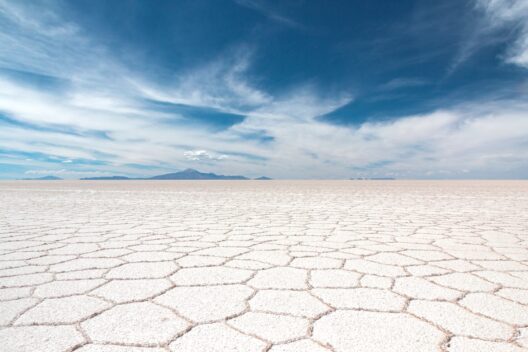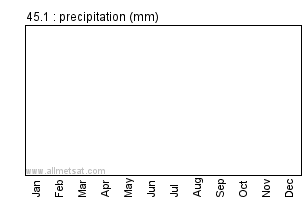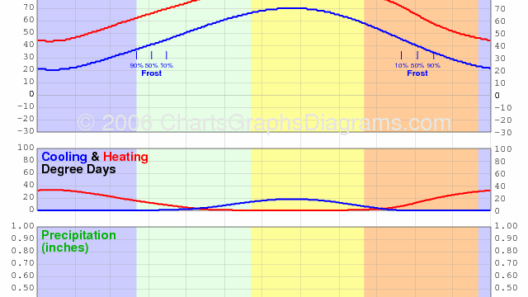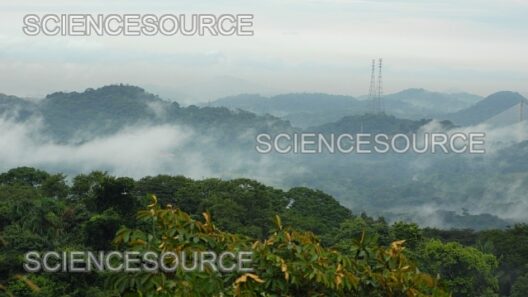Germany, with its diverse landscape of dense forests, rolling hills, and bustling urban centers, presents a fascinating case study in climatic variations. This country is located in Central Europe and experiences a temperate seasonal climate characterized by four distinct seasons: spring, summer, autumn, and winter. Understanding Germany’s weather patterns is not just an academic pursuit; it reflects the intricacies of its geographical positioning, its historical development, and societal adaptation to environmental changes.
The fundamental trait of Germany’s climate can be attributed to its position within the European continent. While much of Western Europe is influenced by the North Atlantic Drift, which moderates temperatures and brings substantial rainfall, Germany eases into a continental climate as one moves eastward. The transitional nature of its climate leads to intricate weather patterns that fluctuate starkly throughout the year. The characteristic Autumn and Spring—often referred to as the “shoulder seasons”—are marked by unpredictable weather, making it imperative for locals and visitors alike to be prepared for an array of meteorological surprises.
During winter, Germany’s climate plunges into a decidedly chilly phase. Temperatures can dip below freezing, especially in the Southeastern regions which are influenced by the Alps. The north typically experiences milder conditions, with average winter temperatures hovering around 0°C (32°F). Snowfall, while not guaranteed, can blanket various regions, turning the landscape into a winter wonderland that has fueled traditions such as Christmas markets, skiing, and winter festivities. The mesmerizing transformation that occurs during this season serves as a stark reminder of nature’s cyclicity and the ways communities have historically coalesced around agricultural and seasonal cycles.
As winter yields to spring, Germany witnesses a remarkable metamorphosis. The thawing of snow and the burgeoning of flora are emblematic of renewal and rebirth. The weather fluctuates between cool and warm days, heralding the blossoming of flowers and the awakening of ecosystems. This transitional period, however, often brings chaotic weather patterns—occasional frosts can nip at the blooms that emerge too early in the season. This paradox underscores the complexities of climate change as well, which is increasingly altering the timing of seasonal events across the globe. Such phenomena hint at the broader implications of climate dynamics that extend beyond regional borders, suggesting interconnected environmental systems that affect agriculture, biodiversity, and human livelihoods.
Summer then arrives with fervor, casting long days filled with sunshine and warmth—ideal conditions for outdoor gatherings, festivals, and communal activities. The average temperatures vary between 20°C to 30°C (68°F to 86°F), with some regions experiencing higher peaks. However, along with the warmth comes the risk of sudden summer storms, often in the form of thunderstorms that further nuance the climatic experience. These torrential downpours can lead to swift changes in river levels and soil moisture, dramatically affecting agriculture and water management. The duality of summer, with its idyllic sunlit days overshadowed by violent weather disruptions, encapsulates the challenges faced by modern society in adapting to climatic variability.
As summer wanes, autumn graces the landscape with its kaleidoscope of colors. The days grow shorter, and the crispness in the air signifies the approach of winter. This season often evokes nostalgia and serves as a vital time for harvesting crops. The interplay of warm days and cooler evenings creates an environment ripe for the development of diverse microclimates, influencing grape growing in regions like the Rhine Valley, where viticulture thrives. However, as the climate warms, the traditional balance may be disrupted, leading to potential fallout for local economies that depend on seasonal harvests.
The confluence of diverse climatic factors creates a uniquely German phenomenon—the ability for varied climatic experiences within relatively short geographical distances. The Northern regions possess a maritime influence characterized by milder winters and cooler summers, while the Southern areas enjoy a more continental experience, amplifying temperature extremes. This dating of climates has crucial implications on various economic sectors, particularly agriculture and tourism. Local farmers have to be adaptable, responding to the shifting climate while also ensuring that the heritage of traditional practices is maintained.
Moreover, the evolution of Germany’s climate is not simply a matter of natural cycles but also mirrors the broader narrative of global climate change. Alterations in precipitation patterns, temperature averages, and seasonal shifts reverberate through ecosystems and human infrastructure. Cities such as Berlin, Hamburg, and Munich are increasingly investing in sustainable governance and infrastructure to mitigate climate impacts—an acknowledgment that climate cannot be an abstract consideration but a concrete reality that permeates every aspect of life.
While the cyclical nature of these weather patterns can be bewildering, they compel a deeper curiosity about the interconnectedness of environmental phenomena and human adaptation. Thus, Germany’s climate, with its seasonal contrasts and rapid variability, serves as both a barometer for broader societal resilience and a canvas for ecological wonderment. Understanding these patterns fosters not only appreciation for the natural world but also instills a sense of responsibility towards stewardship of the environment and the imperative of addressing climate change head-on.
In conclusion, Germany’s weather patterns—rich and varied—reveal much about the region’s geography, agriculture, and cultural identity. They beckon citizens and visitors alike to embrace the shifts in nature, while simultaneously reminding us of the fragility of these systems in the face of climatic upheaval. As the dialogue on climate becomes increasingly essential, the lessons gleaned from Germany’s climate experiences could serve as invaluable insights for nations grappling with their own atmospheric challenges.








